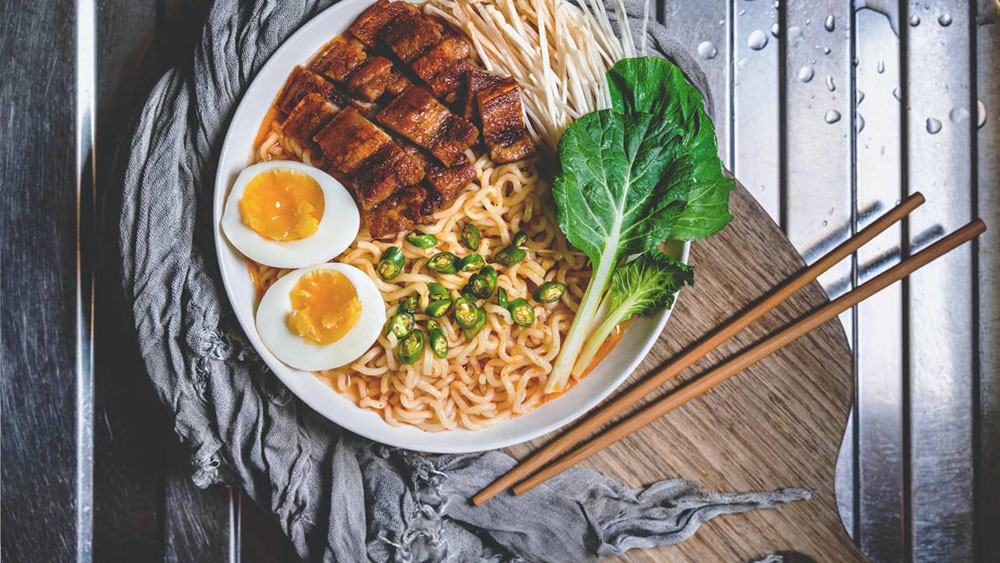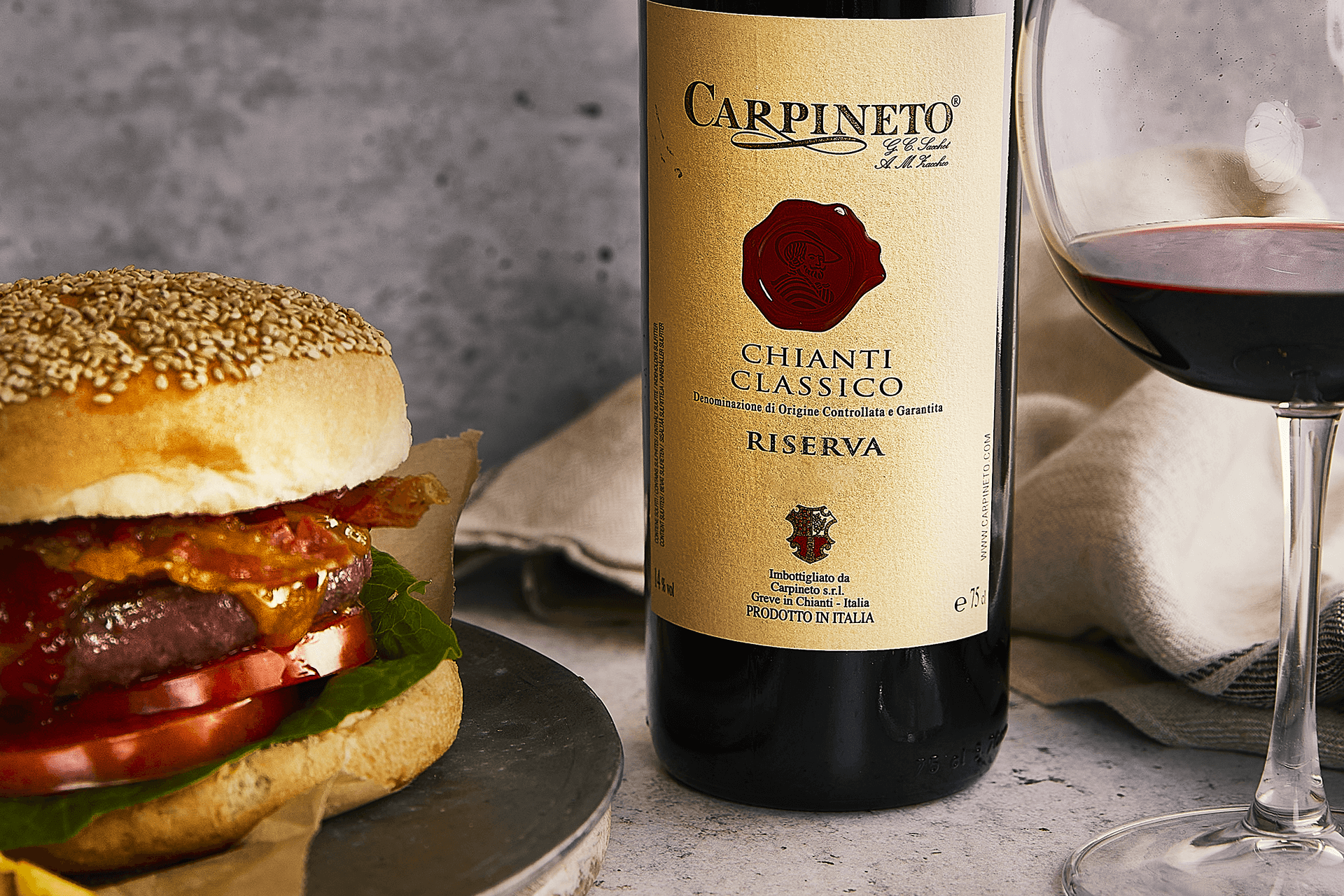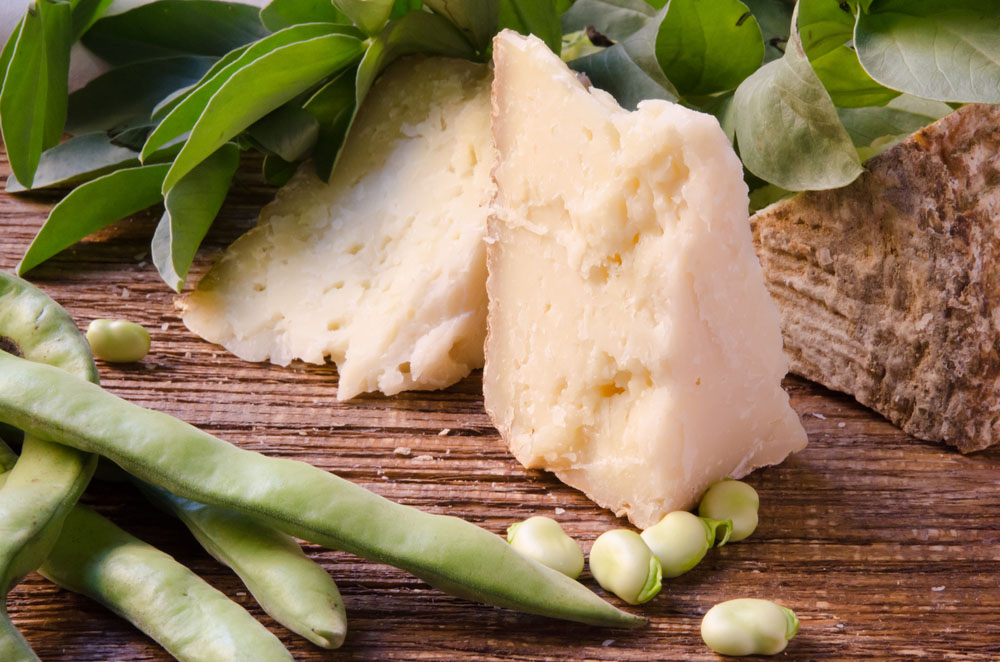Risotto is another of the infinite variations and directions that Italian cuisine, arguably the most delicious and complete in the world, can follow. The difference between simple rice and risotto is that rice is cooked first and then seasoned, while risotto is cooked together with its main ingredients and spices. One of its most famous examples is Milanese risotto, which usually presents beef marrow for flavor and saffron to give it a yellow color.
The legend of risotto alla milanese, the first risotto recipe to ever be recorded, dates it quite correctly to 1575 and places its birth in a high-class urban environment, that of artists.
The price of rice, while still high, had fallen precipitously: in 1330, when it was considered a spice, one gram of gold could buy only 150 grams of rice, while in 1580, when it had become a simple quality food, the same gram of gold was enough for 150 grams.
By adding saffron, the most expensive of spices, it would seem that the wealthy classes were supporting the erosion of the prestige associated with rice consumption at a time when it was becoming a less exclusive dish.
Or, according to the interpretation that seems most authorized by legend, the affluent classes, who had only been able to access this prized consumption thanks to the falling price, sought to maintain the prestige that came from having reached that level by increasing the value of the dish.
Today we want to suggest an incredible and super tasty Lemon-Thyme Risotto recipe!
Ingredients:
- 2 cups sliced mushrooms
- 1/3 tsp ground black pepper
- OPTIONAL – 1/2 cup toasted hazelnuts, chopped
- 5 cups chicken or vegetable stock (for an instant variety I use ‘Massel’ stock powder)
- fine zest and juice of 1 lemon
- 2 tsp fresh thyme leaves, finely chooped
- 1 small brown onion, finely diced
- 2 cups chopped green beans
- 1 1/2 cups arborio rice
- 1/2 tsp pink salt
- 4 tbsp garlic olive oil
Preparation:
- In a large heavy-based pot, heat 1 tablespoon of oil over medium heat. Add the mushrooms and a pinch of salt, black pepper, thyme, and lemon zest. Sauté until the mushrooms are barely tender, and then set aside.
- Bring the stock to the boil in a separate pot and then turn it down to the lowest heat to keep it hot.
- In the same pan that you cooked the mushrooms, add the remaining oil and the onion. Cook on medium heat for a few minutes until the onion softens, stirring occasionally.
- Stir in the risotto rice and cook for about 1 minute, making sure that the grains of rice are all well coated. Add the lemon juice, and give a good scrape of the bottom of the pan to deglaze. Start adding the warm broth, about ½ cup at a time, stirring continuously on medium to low heat, letting each addition absorb before you add more. Continue to do this until the rice is creamy and just tender.
- While the risotto is cooking, lightly steam the green beans until crisp-tender.
- When the risotto has absorbed the final ½ cup of stock, gently stir in the sautéed mushrooms and the steamed green beans. Turn the heat off, cover the pan and let rest for 5 minutes out of the heat.
While our mouth is already watery by reading this recipe, we have not finished yet! We still need our usual wine addition. This time, we would like to introduce you to our magnificent Farnito Chardonnay IGT 2022.
Sourced from the grapes cultivated on the Chianciano/Montepulciano estate at 300 meters (1,000 feet) of elevation. The grapes were harvested at the end of August and beginning of September, and are brought to vinification in small boxes to avoid any bruising.
The wine is made with low-temperature skin maceration, followed by slow and gentle fermentations in temperature controlled fermentation vessels using selected yeasts.
During the fermentation process the must is periodically stirred in order to keep the yeasts and solids suspended as this helps the texture and complexity of the wine. In the winter the wine is racked and barrel aged for a short time before being aged again in controlled temperatures of approximately 13°C (55°F) for bottle aging.
Straw yellow in color with tawny reflections, it has a harmonious and persistent bouquet that features tropical fruit notes, spice, citrus, and vanilla notes. The palate is dry, soft, savory, and well balanced.
This recipee is also ideally paired with Dogajolo Rosso Carpineto: lively acidity, herbal and red fruit notes enhance the risotto’s complexity.






